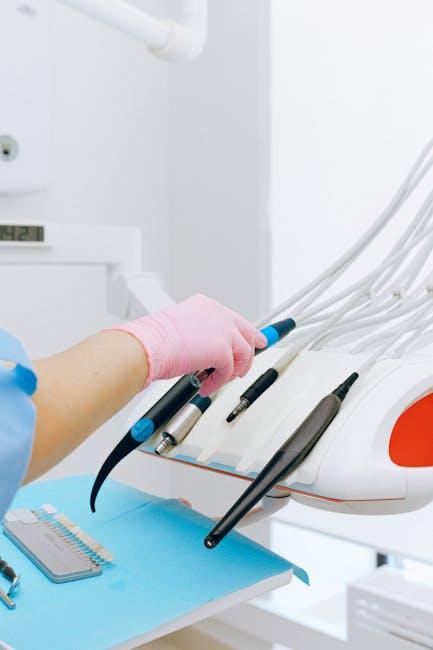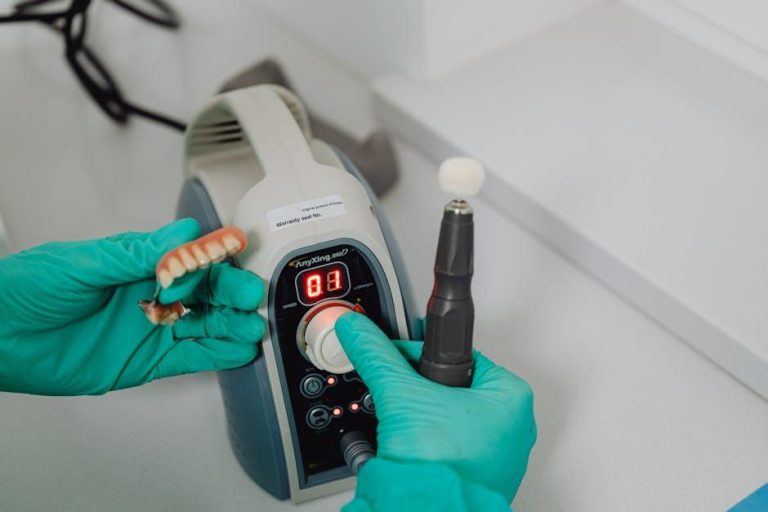
New Recommendations on Dental Procedures for Joint Replacement Patients – Dentistry Today
For patients with joint replacements, dental care requires special considerations to avoid complications and ensure optimal oral health. Keeping pace with emerging evidence, Dentistry Today highlights the latest recommendations on managing dental procedures for joint replacement patients. This guide covers updates in antibiotic prophylaxis, risk assessment, and practical strategies for dentists and patients alike.
Why Are Dental Procedures for Joint Replacement Patients Different?
Joint replacement surgeries — such as hip or knee arthroplasty — introduce artificial implants that can be susceptible to infection from bacteria entering the bloodstream. Oral bacteria caused by poor dental hygiene or invasive dental treatments may increase the risk of prosthetic joint infections (PJI), which, although rare, have serious consequences.
Historically, many dental practitioners prescribed prophylactic antibiotics to patients with joint replacements undergoing dental work to prevent PJI. However, evolving research and guidelines have refined these practices to balance effective prevention with antibiotic stewardship.
Latest Guidelines on Antibiotic Prophylaxis
Recent consensus from the American Dental Association (ADA), American Academy of Orthopaedic Surgeons (AAOS), and related regulatory bodies offer clearer direction on antibiotic use. Key points include:
- Routine antibiotic prophylaxis is not recommended for most joint replacement patients undergoing dental procedures.
- Antibiotics may be reserved for patients with higher risk factors such as immunosuppression, poorly controlled diabetes, or previous joint infection history.
- Non-invasive procedures such as fillings or simple cleanings typically do not require antibiotics, while aggressive surgeries like extractions may warrant individual assessment.
Summary Table: Antibiotic Prophylaxis Guidance
| Patient Profile | Dental Procedure | Antibiotic Recommendation |
|---|---|---|
| Healthy joint replacement | Routine cleaning, fillings | No prophylaxis needed |
| Immunocompromised patient | Extraction or implant placement | Consider prophylaxis |
| History of joint infection | Any invasive procedure | Prophylaxis recommended |
Comprehensive Risk Assessment Is Crucial
Before any dental treatment, a thorough patient history and communication with the patient’s orthopedic surgeon is vital. Elements of a proper risk assessment include:
- Type and date of joint replacement surgery
- Patient’s overall medical condition and immune status
- History of prosthetic joint infections or complications
- Risks associated with the planned dental procedure
This personalized approach helps minimize both overuse of antibiotics and risk of infection.
Practical Tips for Dental Practitioners
Incorporate these strategies to improve patient outcomes in joint replacement cases:
- Maintain rigorous infection control: Strict aseptic techniques during procedures reduce bacteremia risks.
- Optimize oral health: Encourage pre-surgical dental evaluation to treat infections or periodontal disease.
- Schedule carefully: Avoid elective invasive work in the early postoperative period after joint surgery, typically within the first six months.
- Educate patients: Highlight the importance of good oral hygiene and regular dental visits to prevent infections.
- Document communication: Record discussions with orthopedic surgeons and informed consent related to antibiotics.
Benefits of Following Updated Recommendations
Adhering to evidence-based guidelines creates several advantages:
- Reduces unnecessary antibiotic exposure, mitigating antibiotic resistance
- Decreases risk of adverse drug reactions or allergies linked to prophylactic antibiotics
- Improves interdisciplinary care coordination between dentists and orthopedic specialists
- Enhances patient confidence and safety during dental treatment post-joint replacement
Case Study: Successful Management of a Dental Extraction in a Joint Replacement Patient
Mrs. S, a 68-year-old woman with a knee replacement from 3 years prior and well-controlled diabetes, required a tooth extraction due to advanced caries. After evaluation:
- Her dentist consulted her orthopedic surgeon who confirmed no prior joint infections.
- Given her stable health, the decision was made to proceed without antibiotic prophylaxis.
- Strict sterile technique was used, and Mrs. S was advised on meticulous oral hygiene post-extraction.
- Follow-up at 2 weeks showed excellent healing with no signs of infection or joint complications.
This case exemplifies individualized care respecting the new recommendations.
Conclusion: Evolving Practices to Safeguard Joint Replacement Patients
The landscape of dental care for patients with joint replacements is evolving rapidly. These new recommendations underscore prudent antibiotic stewardship, personalized risk assessment, and collaboration between dental and medical teams. By adopting these best practices, dental professionals can safely navigate treatment protocols that protect vulnerable joint implants while maintaining excellent oral health.
Stay informed with Dentistry Today for the latest updates on dentistry protocols supporting joint replacement patients and optimize your patient care today.


